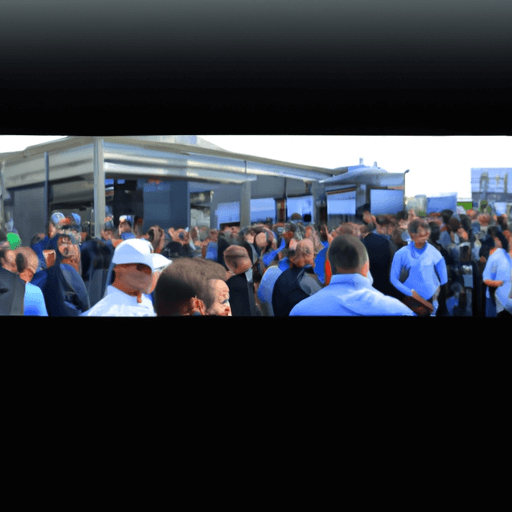The Effects and Solutions of Fast Fashion on the Environment
Introduction
Fast fashion, characterized by inexpensive, trendy clothing which quickly goes from the runway to stores, has dramatically reshaped the fashion industry. In the pursuit of keeping up with fashion trends and consumer demands, ecological considerations are often forsaken. This article aims to investigate the consequential implications of fast fashion on the environment.
Impacts of Fast Fashion on Environment
Water Pollution
Fast fashion contributes significantly to water pollution. Multiple stages in the production line, such as dyeing, bleaching, and washing, release toxic chemicals into freshwater sources. According to the Ellen MacArthur Foundation, fashion production is responsible for 20% of all global wastewater.
Increase in Waste
Fast fashion trends lead to increased consumption and, subsequently, increased waste. Every year, the fashion industry produces over 92 million tons of waste, and only 15% of consumer-used clothing is recycled.
Contribution to Climate Change
The fast fashion industry contributes to 10% of global CO2 emissions, as found by the United Nations Environment Programme. Energy-intensive production processes, transportation of goods, and the decay of non-biodegradable materials all add to greenhouse gas emissions.
Role of Consumerism
Consumer habits have played a critical role in the growth of the fast fashion industry. The desire to possess the latest trends and the proliferation of social media have contributed to heightened consumerism leading to increased demand for fast fashion. It's a vicious cycle: with brands constantly releasing new designs, consumers are encouraged to discard their old items and replace them with new, trendy ones.
Moving Towards Sustainable Fashion
Second-Hand Shopping and Upcycling
Second-hand shopping and upcycling present more sustainable choices. Buying pre-loved items and reusing or modifying old clothing can dramatically reduce the demand for new items, thereby reducing the environmental footprint of fashion.
Sustainable Fabrics
Brands are increasingly turning to sustainable fabrics as part of the solution. Materials such as organic cotton, hemp, and Lyocell are both eco-friendly and more ethical choices.
Innovative Solutions in the Fashion Industry
The fashion industry has been exploring numerous innovative solutions. One particular method involves recycling plastic waste into wearable material. Brands like Everlane and Patagonia are leading the industry in minimizing their environmental impact, implementing measures such as fabric recycling and advocating transparency.
Challenges and Case Studies
A move towards sustainability in the fashion industry is not without challenges. It requires both systemic and structural changes. For small brands, the high costs of these changes can be a daunting obstacle. However, brands like Reformation and Eileen Fisher have demonstrated that it's possible by implementing sustainable practices throughout every aspect of their business and promoting ethical sourcing and production.
Conclusion
While the path towards sustainability in fashion is challenging, it is absolutely necessary. As consumers, we can play a crucial role in shaping a more sustainable future for fashion by making conscious and informed choices.
















Comments
Leave a Comment